Home>Gardening & Outdoor>Plant Care & Gardening Tips>Why Would A Non-Native Plant Grow Faster Than A Native Plant
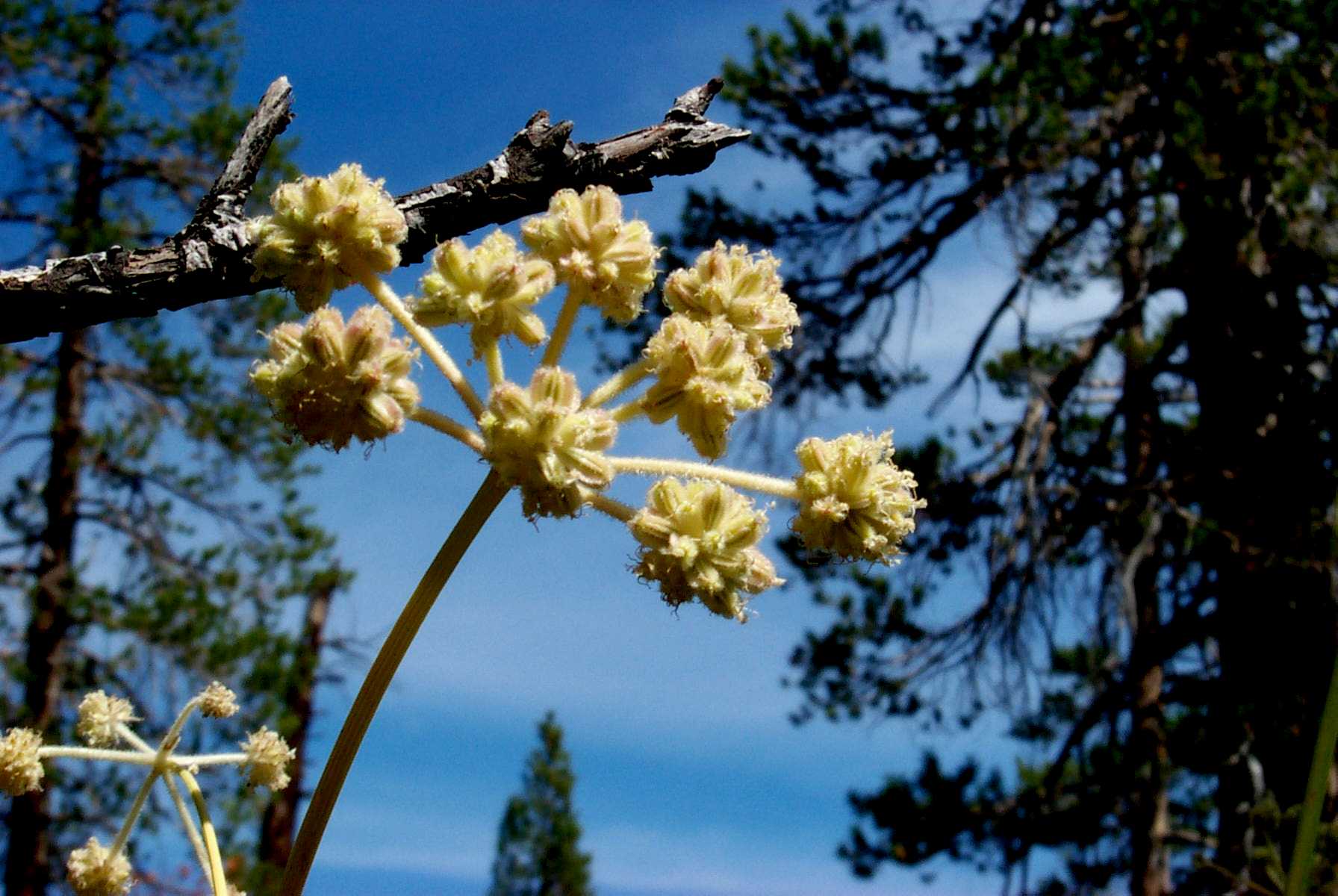

Plant Care & Gardening Tips
Why Would A Non-Native Plant Grow Faster Than A Native Plant
Modified: January 4, 2024
Discover the reasons behind non-native plants outpacing native ones and get valuable plant care and gardening tips to ensure healthy growth. Explore the factors influencing plant growth and maintenance.
(Many of the links in this article redirect to a specific reviewed product. Your purchase of these products through affiliate links helps to generate commission for Storables.com, at no extra cost. Learn more)
**
Introduction
**
When it comes to gardening and plant care, the concept of native and non-native plants often sparks intriguing discussions among enthusiasts. One common question that arises is, "Why would a non-native plant grow faster than a native plant?" This query delves into the complex dynamics of plant growth, ecosystem interactions, and environmental influences. Understanding the factors that contribute to the varying growth rates of native and non-native plants is essential for both seasoned gardeners and novices. In this article, we will explore the intriguing reasons behind the accelerated growth of non-native plants in comparison to their native counterparts. By unraveling these insights, we can gain a deeper appreciation for the intricate balance of nature and the fascinating world of plant biology.
Key Takeaways:
- Non-native plants grow faster than native plants due to adaptability, genetic advantages, and lack of natural predators, impacting ecosystem balance.
- Understanding the factors behind non-native plant growth helps preserve biodiversity and promote coexistence with native species in natural landscapes.
Read more: Why Do Weeds Grow Faster Than Grass
Differences in Growth Rates
One of the primary reasons non-native plants may outpace native plants in growth rates is their inherent adaptability to diverse environmental conditions. Non-native plants often originate from regions with dissimilar climates, soil compositions, and light exposure compared to their new habitats. As a result, these plants have evolved to thrive in a wide range of settings, enabling them to capitalize on favorable conditions and accelerate their growth.
Moreover, non-native plants may possess genetic traits that confer a competitive edge in growth. Through natural selection and evolutionary processes, these plants have developed characteristics that enhance their ability to absorb nutrients, withstand environmental stressors, and propagate efficiently. This genetic predisposition equips non-native plants with a robust foundation for rapid growth, allowing them to flourish in unfamiliar territories.
Additionally, the absence of natural growth-limiting factors, such as herbivores or diseases that would typically regulate their proliferation in their native habitats, can contribute to the accelerated growth of non-native plants. In their new environments, these plants may encounter fewer predatory pressures, enabling them to allocate more resources towards growth and reproduction without the constraints imposed by natural checks and balances.
Another pivotal factor influencing growth rates is the phenology of non-native plants, which may differ from that of native species. Phenology refers to the timing of plant life cycle events, such as flowering, leaf emergence, and fruit maturation. Non-native plants may exhibit phenological patterns that align more favorably with the local environmental conditions, allowing them to capitalize on optimal growth periods and resource availability.
These nuanced differences in growth rates between native and non-native plants underscore the intricate interplay between genetic predispositions, environmental adaptability, and ecological interactions. By comprehending these dynamics, gardeners and conservationists can gain valuable insights into the behavior of plants within diverse ecosystems, fostering a deeper appreciation for the marvels of the natural world.
Competitive Advantage
Non-native plants often possess a competitive advantage over native species due to their ability to exploit underutilized resources and capitalize on ecological niches. In many cases, non-native plants exhibit prolific growth patterns that enable them to outcompete native vegetation for essential resources such as water, sunlight, and nutrients. This competitive edge can be attributed to several key factors that contribute to the success of non-native plants in diverse ecosystems.
One critical aspect of the competitive advantage displayed by non-native plants is their capacity to rapidly establish and proliferate in new environments. Unlike native species, which may be adapted to specific ecological niches and exhibit more restrained growth patterns, non-native plants often possess traits that facilitate rapid colonization and expansion. These traits can include efficient seed dispersal mechanisms, prolific vegetative propagation, and the ability to thrive in disturbed or marginal habitats.
Furthermore, non-native plants may possess allelopathic properties, producing biochemical compounds that inhibit the germination and growth of competing vegetation. This allelopathic interference can provide non-native plants with a strategic advantage by suppressing the establishment of native species and reducing competition for vital resources. As a result, non-native plants can effectively alter the composition and dynamics of plant communities, potentially leading to shifts in ecosystem structure and function.
The competitive advantage of non-native plants is also influenced by their adaptive plasticity, allowing them to adjust their growth strategies in response to environmental cues and stressors. This adaptability enables non-native plants to capitalize on favorable conditions and rapidly exploit available resources, often outpacing the growth rates of native species that may be more specialized and less adaptable to changing circumstances.
Moreover, human-mediated disturbances, such as land clearance, urbanization, and global trade, have facilitated the introduction and spread of non-native plants into diverse habitats. These anthropogenic activities have inadvertently provided non-native species with opportunities to establish themselves in new territories, where they can capitalize on the resources made available through human activities, further augmenting their competitive advantage.
By understanding the mechanisms that confer a competitive edge to non-native plants, gardeners, conservationists, and land managers can develop strategies to mitigate the impacts of invasive species and preserve the ecological balance within natural ecosystems. Through informed stewardship and proactive measures, it is possible to foster coexistence between native and non-native plants while safeguarding the biodiversity and resilience of our natural landscapes.
Non-native plants may grow faster than native plants due to a lack of natural predators, competition, or environmental conditions that favor their growth. Keep in mind the potential impact on local ecosystems before introducing non-native plants.
Lack of Natural Predators
One intriguing factor contributing to the accelerated growth of non-native plants is the absence of natural predators and herbivores that would typically regulate their proliferation in their native habitats. When non-native plants are introduced to new environments, they often encounter a lack of specialized herbivores and pathogens that would exert grazing pressure or disease-related constraints on their growth and reproduction. This release from natural predation can bestow non-native plants with a distinct advantage, allowing them to allocate resources towards unhindered growth and expansion.
In their native ecosystems, plants have evolved in concert with a suite of specialized herbivores, including insects, mammals, and pathogens, which have co-evolved to consume or infect specific plant species. This co-evolutionary relationship forms a critical component of the intricate web of ecological interactions, serving to regulate the abundance and distribution of plant species within their native habitats. However, when non-native plants are introduced to regions outside of their natural range, they often escape the regulatory influence of their specialized herbivores, leading to unchecked growth and reproduction.
Furthermore, the lack of natural predators can confer a selective advantage to non-native plants by reducing the biotic pressures that would typically impede their establishment and spread. Without the constraints imposed by co-evolved herbivores and pathogens, non-native plants can exploit available resources with minimal impediments, allowing them to channel energy into rapid growth and competitive dominance within their new environments.
The absence of natural predators also contributes to the ecological release experienced by non-native plants, enabling them to exhibit heightened vigor and fecundity. This ecological release occurs when non-native plants are liberated from the ecological constraints that regulate their populations in their native habitats, leading to uninhibited growth and reproduction in novel environments. As a result, non-native plants may outpace native species in growth rates and ecological impact, potentially leading to shifts in community composition and ecosystem dynamics.
Understanding the implications of the lack of natural predators on non-native plant growth is crucial for conservation efforts and ecosystem management. By recognizing the ecological ramifications of non-native species introductions, conservationists and land managers can implement strategies to mitigate the impacts of invasive plants and preserve the integrity of native ecosystems. Through targeted interventions and ecological restoration initiatives, it is possible to address the challenges posed by non-native plants and safeguard the biodiversity and ecological balance of natural landscapes.
Environmental Factors
The growth disparities between non-native and native plants can also be attributed to a myriad of environmental factors that influence the physiological processes and developmental trajectories of plant species. Non-native plants often thrive in novel environments due to their capacity to capitalize on favorable environmental conditions and adapt to diverse ecological settings. Understanding the interplay of environmental factors provides valuable insights into the mechanisms underpinning the accelerated growth of non-native plants.
One pivotal environmental factor that contributes to the rapid growth of non-native plants is the availability of abundant resources, including water, nutrients, and light. In many cases, non-native plants exhibit efficient resource acquisition strategies, enabling them to capitalize on resource-rich environments and allocate energy towards robust growth and reproduction. This ability to harness ample resources confers a competitive advantage, allowing non-native plants to outcompete native species and establish dominance in a variety of habitats.
Furthermore, non-native plants may demonstrate a heightened tolerance for environmental stressors, such as drought, salinity, or temperature fluctuations, which can enable them to thrive in challenging conditions that may limit the growth of native species. This adaptive resilience to environmental stressors equips non-native plants with the capacity to persist and proliferate in diverse landscapes, further amplifying their growth rates and ecological impact.
The role of disturbance regimes in shaping plant growth dynamics cannot be overlooked, as non-native plants often exhibit resilience to human-induced disturbances, such as land clearing, urbanization, and habitat fragmentation. These disturbances can create opportunities for non-native plants to colonize and expand within altered landscapes, where they can capitalize on the resources made available through anthropogenic activities. As a result, non-native plants may exhibit accelerated growth rates in response to human-mediated environmental changes, potentially leading to ecological disruptions and shifts in community composition.
Additionally, the phenomenon of climate change and its associated impacts on environmental conditions can influence the growth patterns of non-native plants. As climate patterns shift and temperatures rise, non-native plants may find themselves better suited to thrive in altered ecosystems, where they can capitalize on the changing climatic conditions and outcompete native species for resources.
By recognizing the influence of environmental factors on the growth of non-native plants, gardeners, conservationists, and policymakers can develop strategies to mitigate the impacts of invasive species and promote the resilience of native vegetation. Through informed land management practices, restoration efforts, and conservation initiatives, it is possible to foster the coexistence of native and non-native plants while preserving the ecological integrity of natural landscapes.
Read more: What Is A Non-Native Plant
Conclusion
The intriguing phenomenon of non-native plants outpacing native species in growth rates encompasses a complex interplay of biological, ecological, and environmental factors. The adaptability, competitive advantage, lack of natural predators, and responsiveness to environmental conditions collectively contribute to the accelerated growth of non-native plants in diverse ecosystems. By unraveling the mechanisms underlying this phenomenon, we gain valuable insights into the intricate dynamics of plant interactions and the consequences of species introductions on natural landscapes.
While the accelerated growth of non-native plants presents challenges in the realm of conservation and ecosystem management, it also underscores the remarkable adaptability and resilience of plant species in response to changing environmental conditions. By fostering a deeper understanding of the drivers of non-native plant growth, we can develop informed strategies to mitigate the impacts of invasive species and preserve the biodiversity and ecological balance of natural ecosystems.
Gardeners, horticulturists, and environmental stewards play a pivotal role in promoting the coexistence of native and non-native plants while safeguarding the integrity of natural habitats. Through mindful plant selection, responsible cultivation practices, and the restoration of native landscapes, individuals can contribute to the preservation of diverse plant communities and the sustainability of our natural environment.
As we continue to explore the intricacies of plant growth and ecological interactions, it is imperative to approach the cultivation and management of plant species with a holistic perspective, recognizing the interconnectedness of native and non-native plants within the tapestry of nature. By embracing this holistic ethos, we can cultivate thriving gardens, nurture resilient ecosystems, and foster a harmonious coexistence between diverse plant species, enriching the beauty and vitality of our natural world.
Frequently Asked Questions about Why Would A Non-Native Plant Grow Faster Than A Native Plant
Was this page helpful?
At Storables.com, we guarantee accurate and reliable information. Our content, validated by Expert Board Contributors, is crafted following stringent Editorial Policies. We're committed to providing you with well-researched, expert-backed insights for all your informational needs.
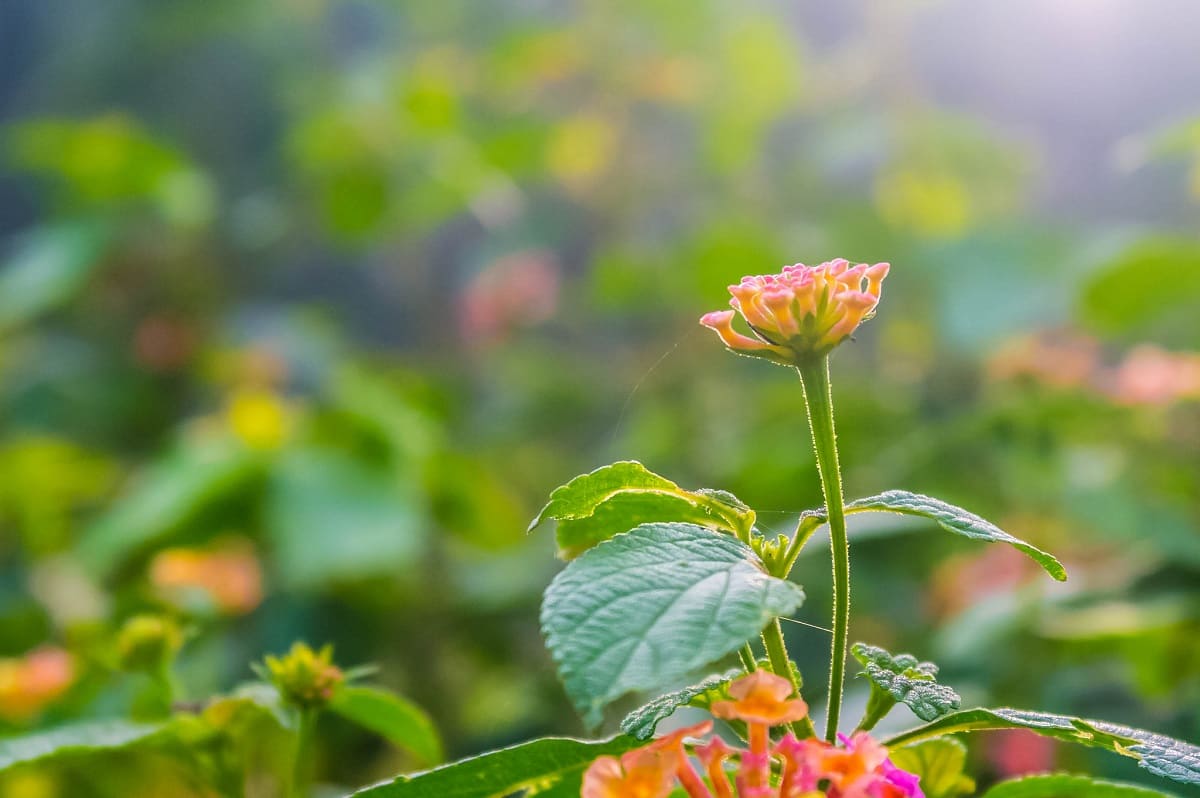
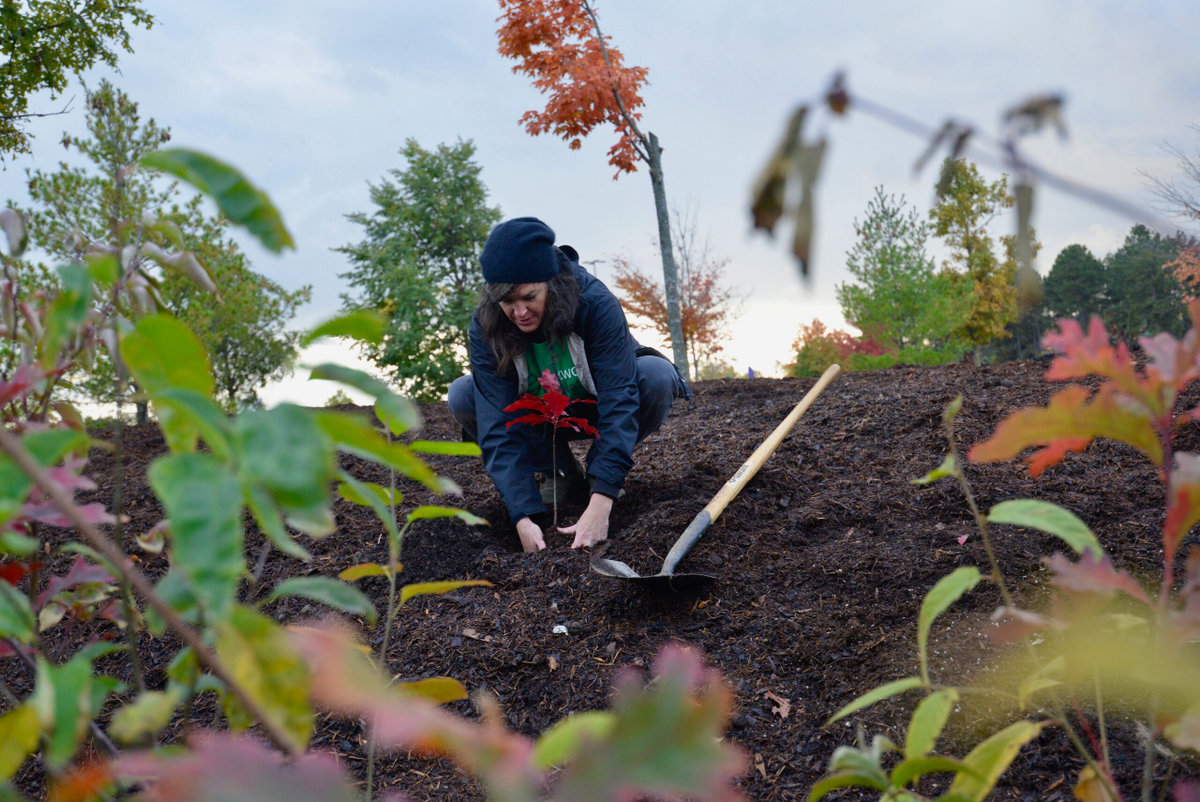
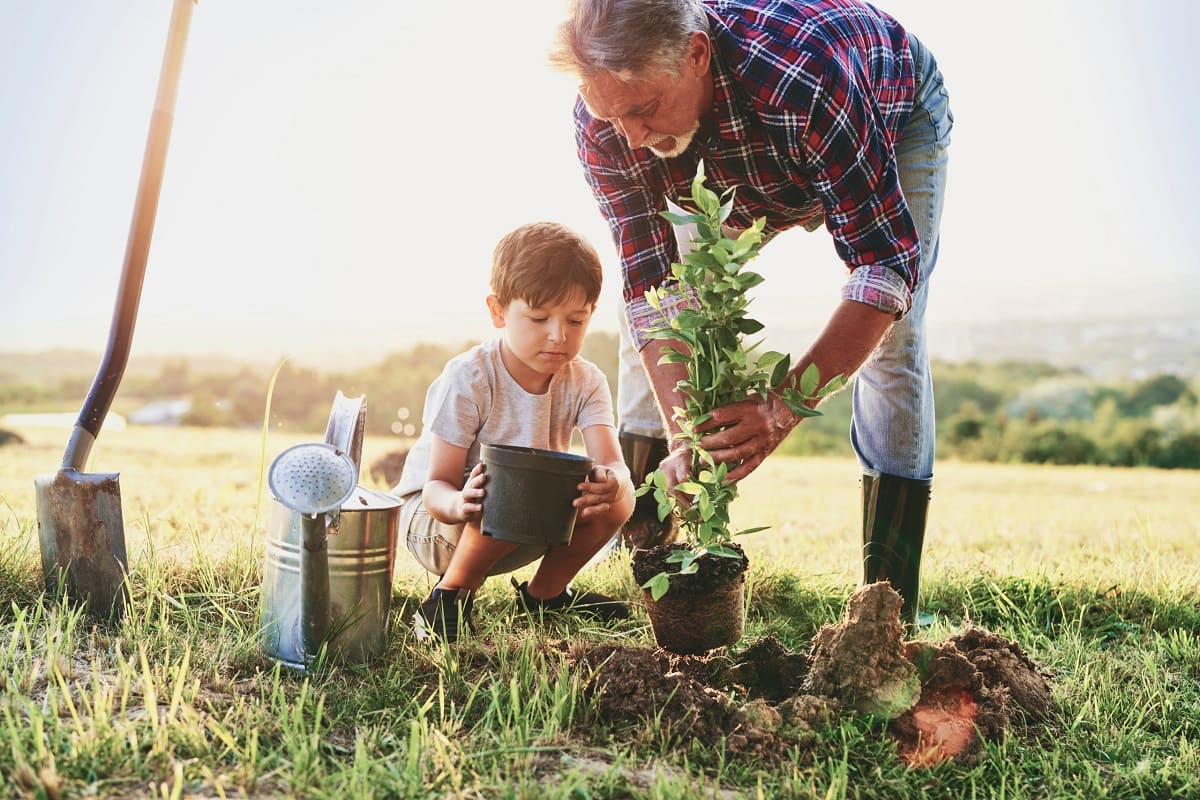
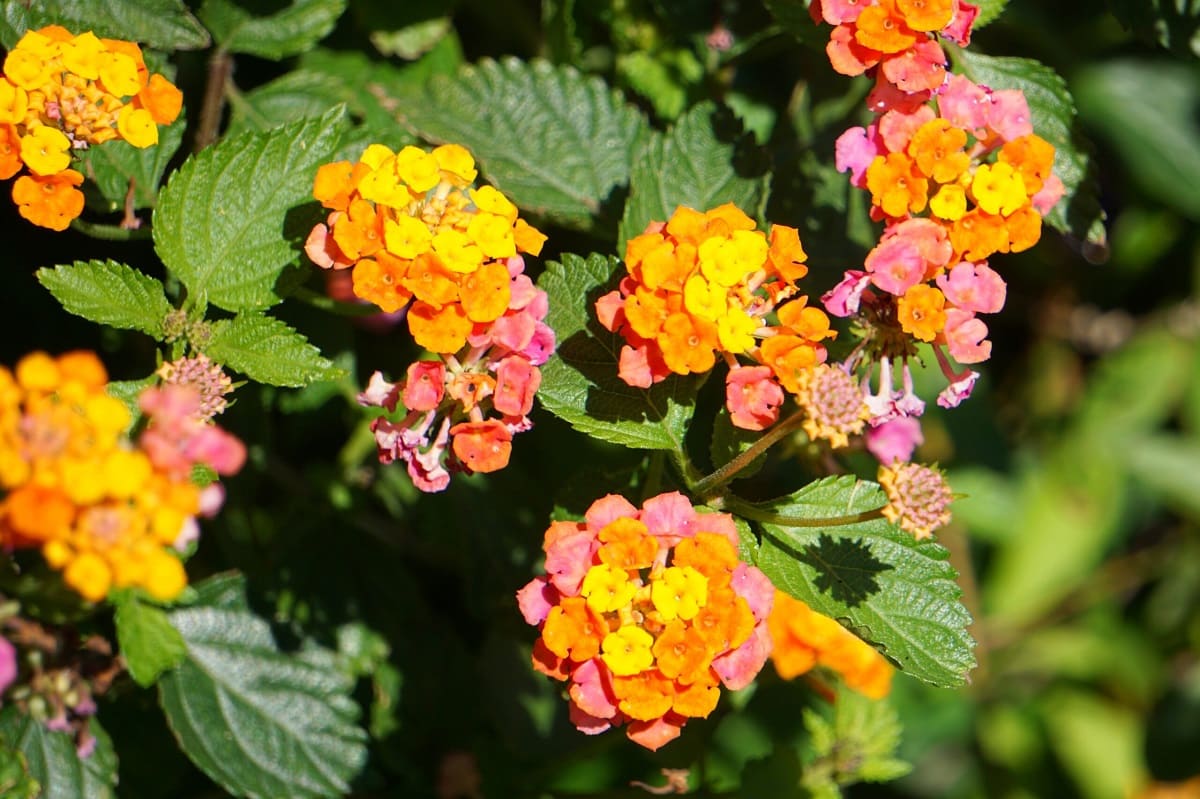
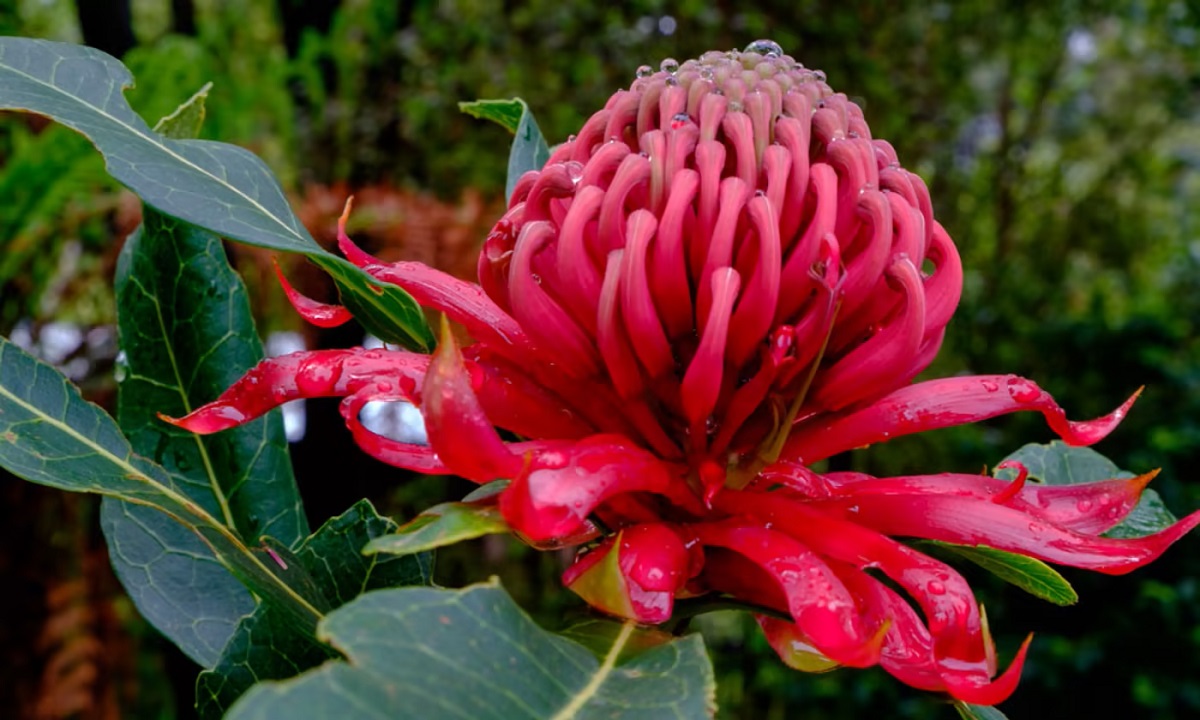

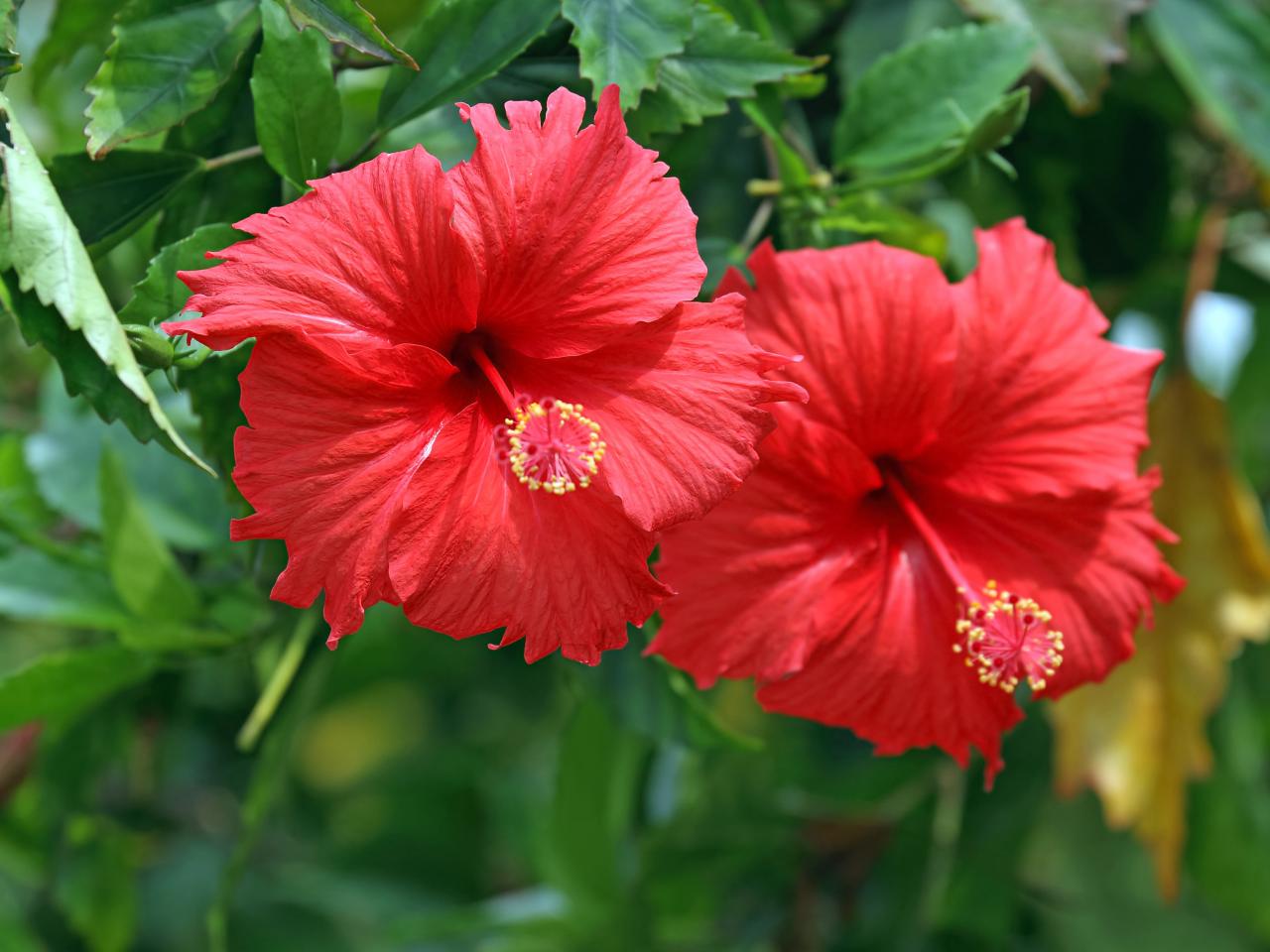
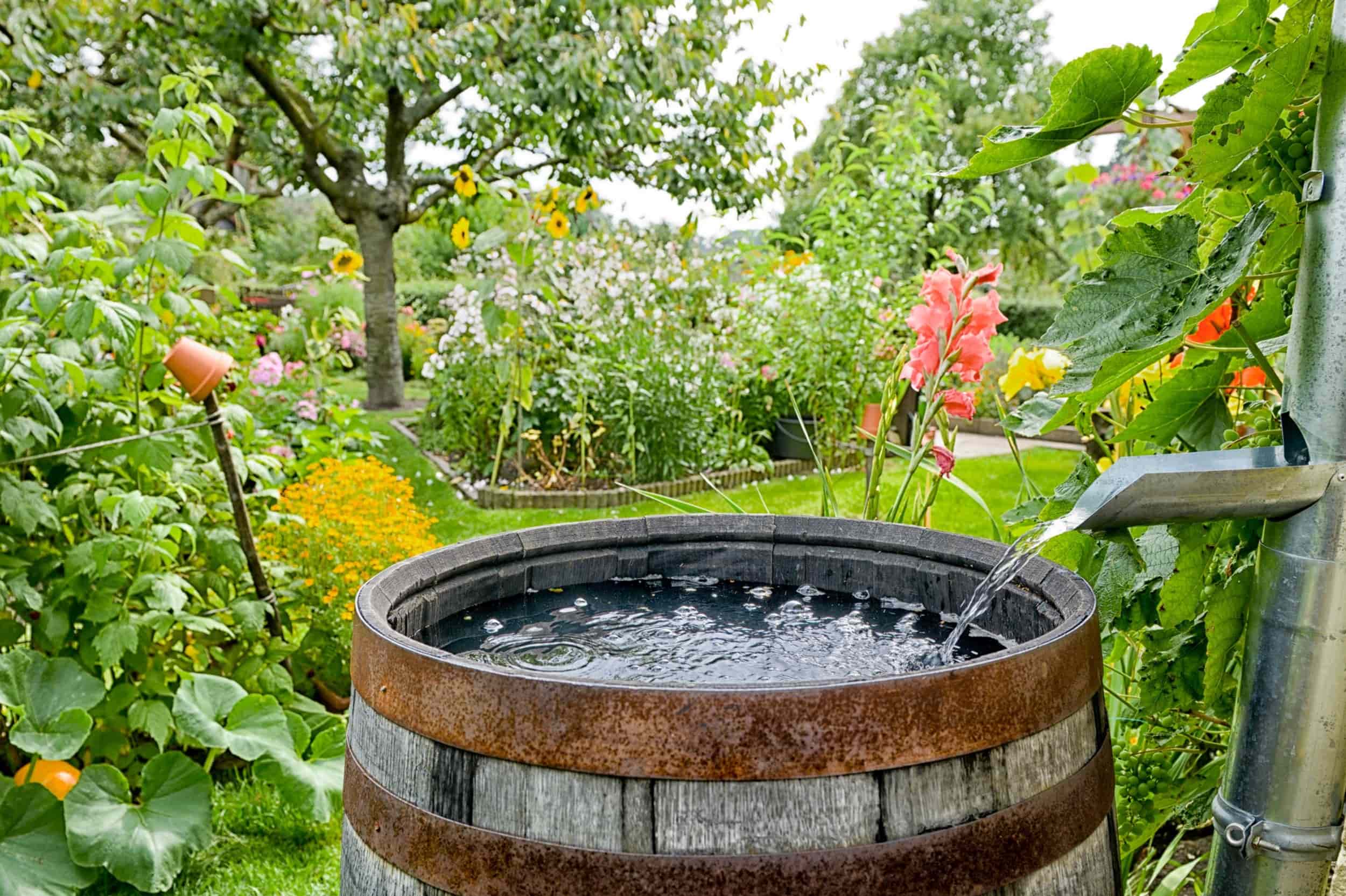
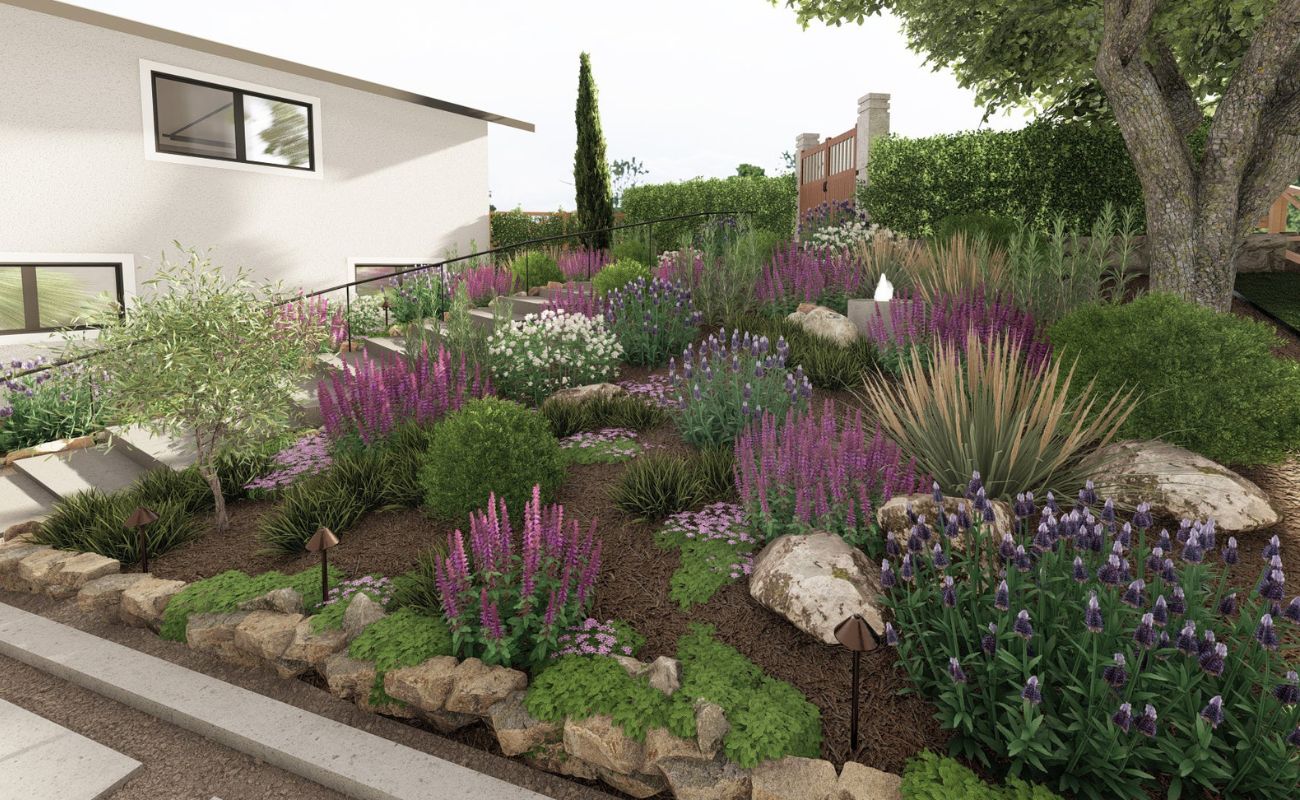
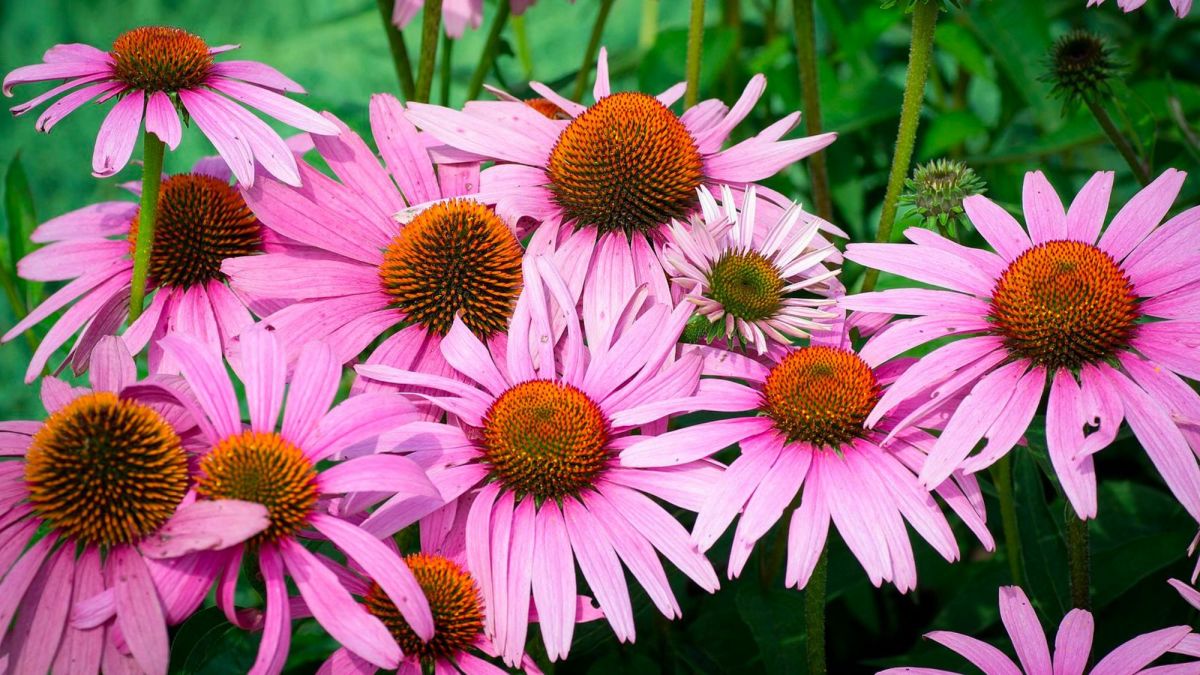

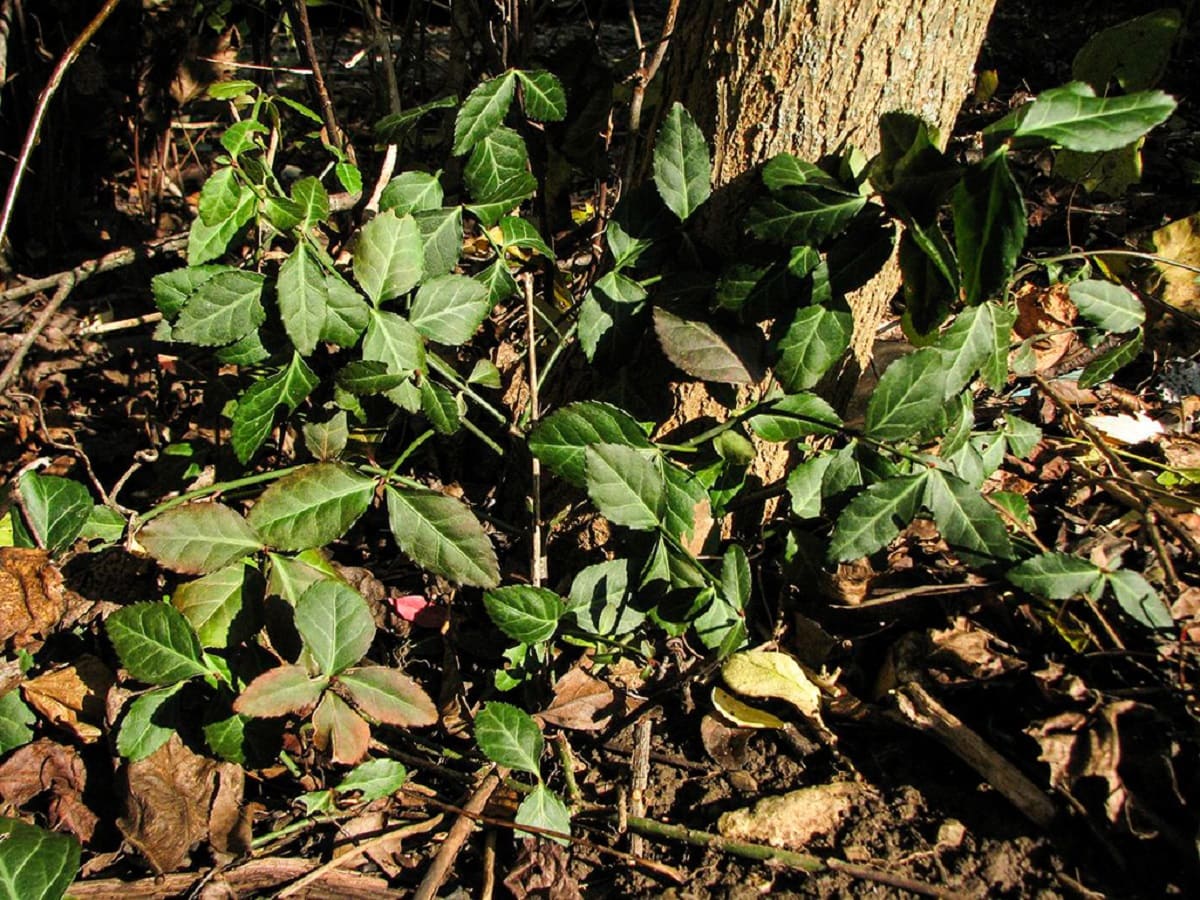
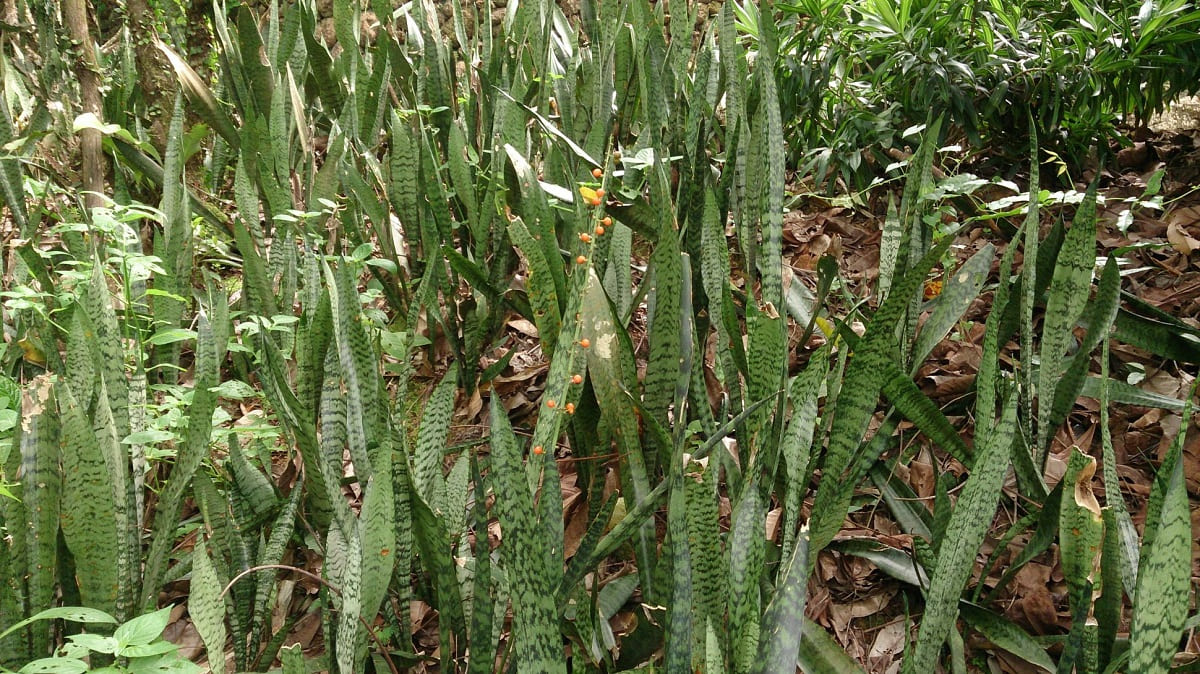
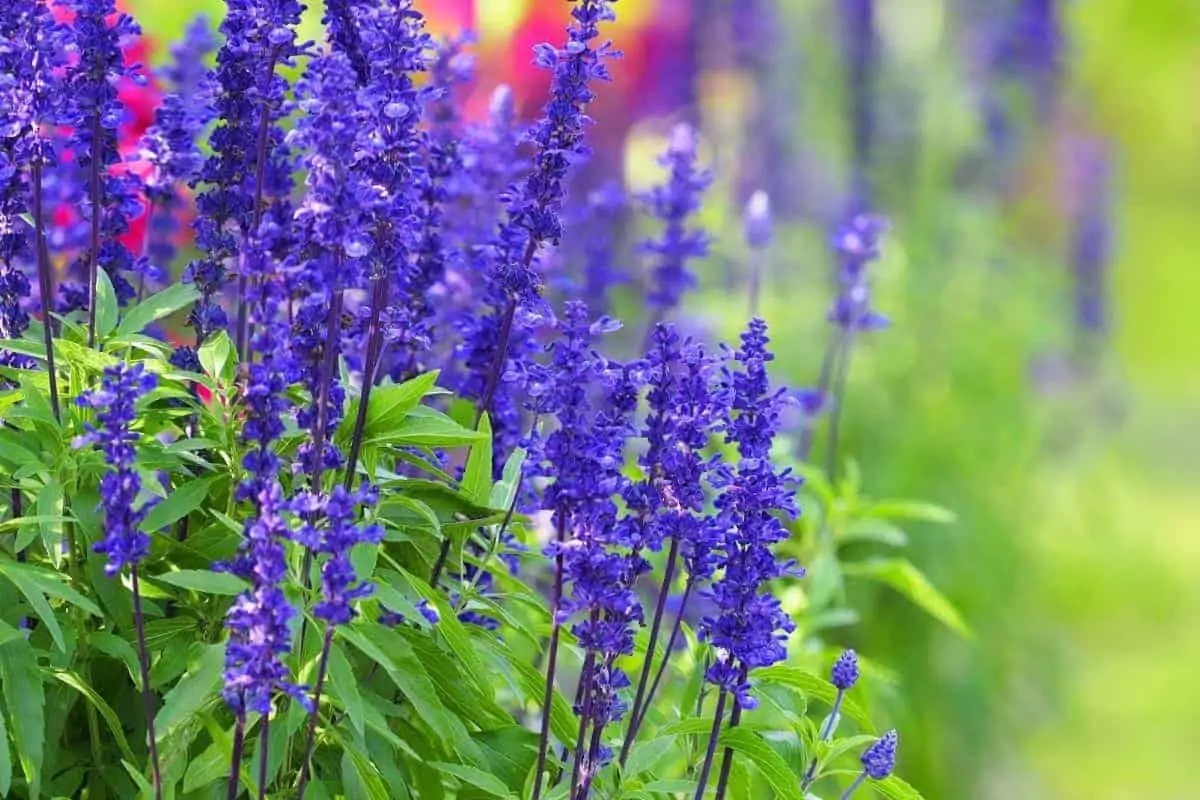

0 thoughts on “Why Would A Non-Native Plant Grow Faster Than A Native Plant”